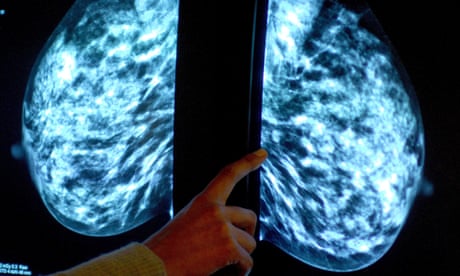Green Beret used AI platform to search for explosives info in Afghanistan. Tesla Cybertruck attacker utilized generative AI for attack planning.
Artificial intelligence boosts breast cancer detection rates without increasing false positives in real-world test, researchers find. Studies show AI's potential to assist in spotting cancer in various medical imaging scans.
GenAI enables easy integration of real-world objects into AI-generated 4D scenes for video creation. Progress in generative AI is rapidly advancing, particularly in text-driven tasks, while video creation is still in its early stages but improving monthly.
Faculty AI, known for collaborating with the NHS and UK government, is also involved in developing AI for military drones. The consultancy has experience deploying AI models onto UAVs, raising concerns about its dual role in civil and defense sectors.
Deepfake audio poses a threat to democracy as voices can be manipulated to spread misinformation. Presenter Georgina Findlay discovered her voice being used in far-right propaganda, highlighting the dangers of fake audio.
Common regression techniques include linear regression, k-nearest neighbors, and kernel ridge. Kernel ridge regression is powerful for complex non-linear data, but may not scale well to large datasets. Refactored KRR implementation with Newton iteration showed promising results in a demo using synthetic data.
Parameta Solutions leveraged Amazon Bedrock Flows to automate client service operations, reducing resolution times from weeks to days. This transformation empowered clients with comprehensive industry insights and streamlined workflow efficiency.
Apple to update AI feature on iPhones after inaccurate alerts, including false claims about murder suspect's suicide and Rafael Nadal coming out as gay. Update aims to clarify when notifications are summaries generated by Apple Intelligence system.
Enterprise data is exploding, but most AI applications only use a fraction. AI query engines connect AI agents to all data types, unlocking intelligence in unstructured data. Companies like DataStax and NetApp are leading the way in building AI data platforms.
AI agents could revolutionize business output, says OpenAI CEO Sam Altman. Virtual employees may join workforces this year, changing how companies operate.
NVIDIA Media2 uses AI to transform content creation and delivery in the media industry, staying on the cutting edge with technologies like NVIDIA Holoscan and Blackwell architecture. NVIDIA AI Enterprise offers a range of microservices for enhanced AI capabilities in media companies' workflows.
Build automated log anomaly detection mechanism using Amazon SageMaker. Process log data, train ML models, and automate workflow with SageMaker Pipelines.
NVIDIA's Isaac GR00T Blueprint accelerates humanoid robot development with synthetic motion data. Cosmos platform narrows simulation-to-real gap for physical AI innovation.
Data scientists' roles evolving to include ML Ops and deployment skills beyond model development. Learn how to deploy ML models using FastAPI and Docker for productionized APIs.
AI system can suggest perfect youth prospects with specific player attributes desired by football managers, potentially boosting team performance. Technologists claim managers could wish for players with traits like Erling Haaland's aggression or Jude Bellingham's poise, making it a sporting Aladdin's lamp.















